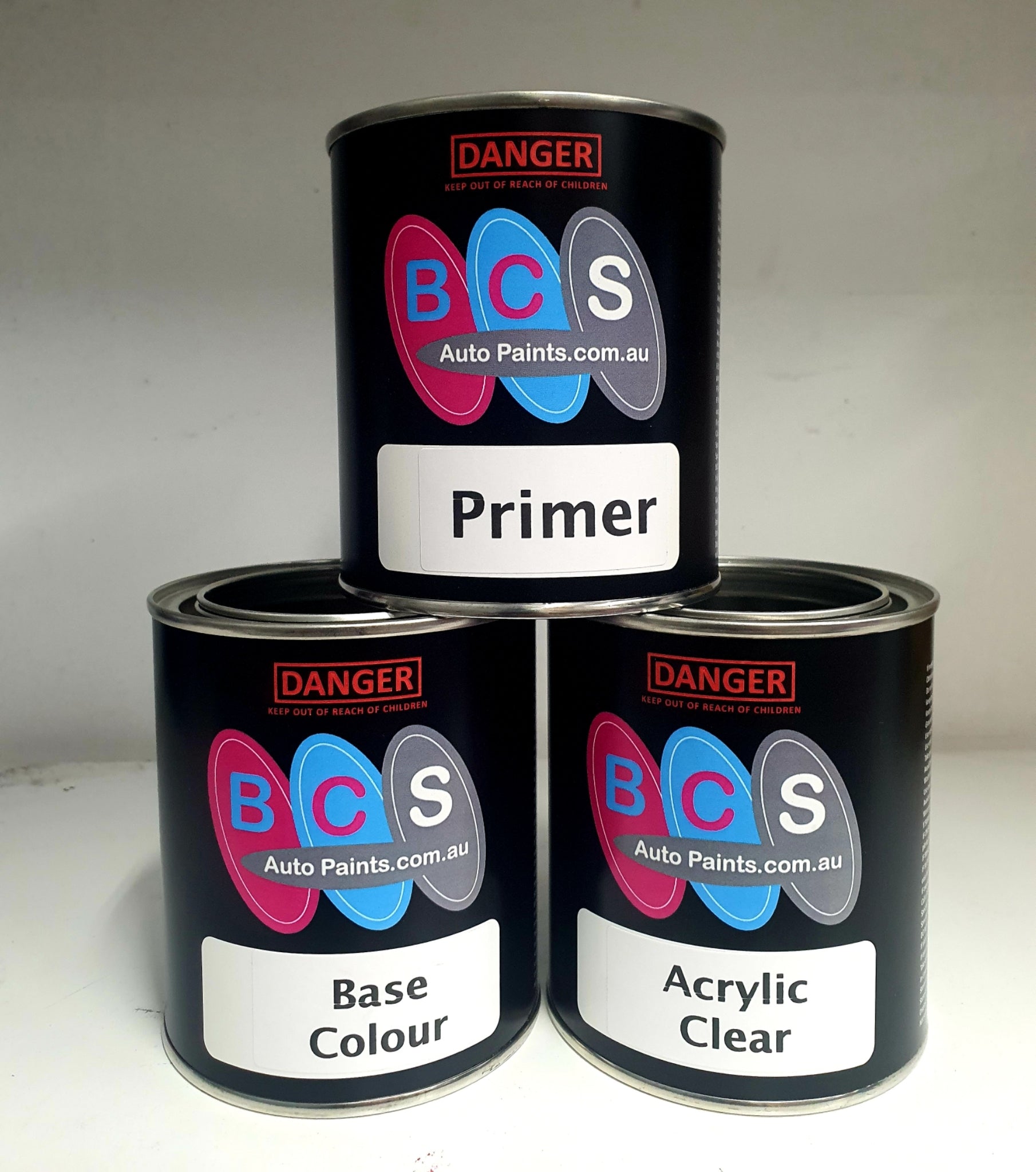Car paint is more than just a coat of color; it's a crucial element that defines a vehicle's aesthetic appeal, durability, and resale value. Understanding the intricacies of car paint, from its composition to the latest trends, can help car owners and enthusiasts appreciate the artistry and technology behind that flawless finish.
The Basics of Car Paint
Car paint primarily consists of four key components: resin, pigment, solvent, and additives. The resin provides adhesion and durability, the pigment gives color, the solvent ensures the paint flows smoothly, and additives enhance various properties such as UV resistance and drying time.
Types of Car Paint
Acrylic Lacquer: Popular in the mid-20th century, acrylic lacquer is easy to apply and gives a high-gloss finish. However, it requires frequent maintenance as it is less durable compared to modern paints.
Acrylic Enamel: This type of paint is tougher than lacquer and offers a longer-lasting finish. It dries to a hard shell, providing better protection against the elements.
Urethane: Urethane paints are the most durable and widely used in the automotive industry today. They offer excellent resistance to UV rays, chemicals, and chipping, making them ideal for long-term use.
The Painting Process
Painting a car involves several meticulous steps to achieve that showroom-quality finish. Here's a brief overview:
Preparation: The car's surface must be meticulously cleaned, sanded, and primed. Any imperfections, such as dents or scratches, are repaired to ensure a smooth base for the paint.
Priming: A primer coat is applied to the car's surface. This layer helps the paint adhere better and provides additional protection against rust and corrosion.
Base Coat: This is where the color comes in. The base coat is applied in multiple layers, allowing each to dry thoroughly before the next is added. This layering process enhances the depth and richness of the color.
Clear Coat: The final step involves applying a clear coat, which adds gloss and protects the underlying paint from UV rays, chemicals, and physical damage. The clear coat is crucial for maintaining the paint's longevity and shine.
Innovations in Car Paint Technology
The automotive industry is constantly evolving, and so is car paint technology. Recent innovations include:
Self-Healing Paint: Some manufacturers have developed paints that can heal minor scratches and dents when exposed to heat. This technology significantly reduces the need for frequent touch-ups and maintains the car's pristine appearance.
Nanotechnology: Nanoparticles are used to create coatings that are more resistant to scratches, UV rays, and water. These advanced coatings enhance the durability and longevity of the paint, ensuring that it looks new for longer.
Eco-Friendly Paints: With increasing environmental awareness, there is a growing demand for eco-friendly paints. Water-based paints and those with low VOC (Volatile Organic Compounds) content are becoming popular choices. These paints are less harmful to the environment and reduce health risks for those applying them.
Choosing the Right Paint
When selecting paint for cars, consider factors such as durability, maintenance, and environmental impact. Urethane paints are typically the best choice for their longevity and protection, while water-based options are ideal for those prioritizing eco-friendliness.






Comments